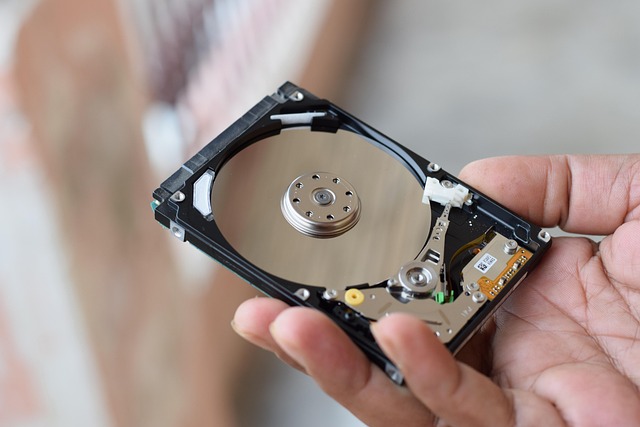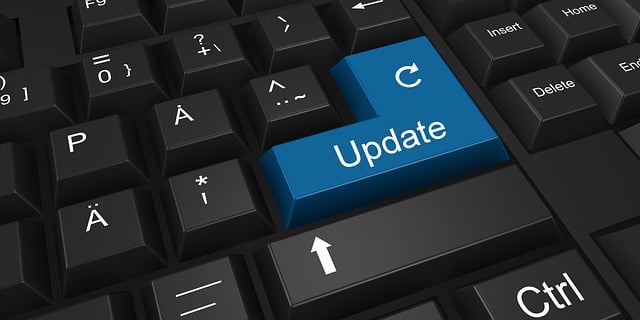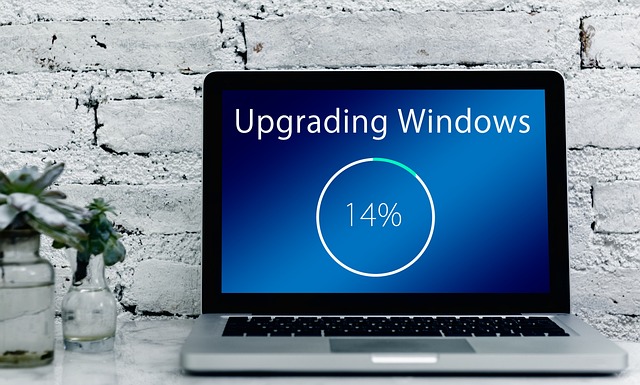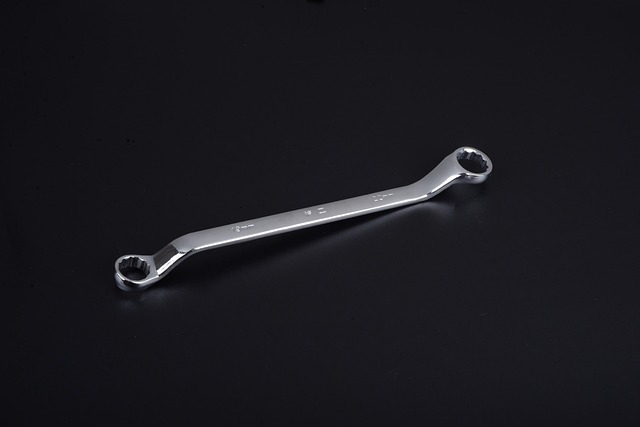Hardware upgrades, such as replacing hard drives with SSDs or adding RAM, significantly boost computer performance and reliability, addressing slow speeds and multitasking lags. Upgrading is a straightforward process involving identifying needs, gathering tools and parts, safe disassembly and reassembly, and testing for optimal performance. Affordable options include buying pre-owned or refurbished parts from online retailers or local stores.
“Uncover simple yet effective computer repair solutions in Austin with our comprehensive guide. We explore common hardware issues and offer quick fixes to keep your tech running smoothly. For those eager to upgrade, we provide a step-by-step guide on navigating the process, ensuring you make informed decisions. Discover cost-effective replacement parts, allowing you to enhance your computer’s performance without breaking the bank. Optimize your hardware upgrades and take control of your tech with these valuable insights.”
- Identifying Common Hardware Issues and Quick Fixes
- Upgrading Your Computer's Hardware: A Step-by-Step Guide
- Cost-Effective Replacement Parts for Computer Upgrades
Identifying Common Hardware Issues and Quick Fixes

Many common computer issues can be quickly diagnosed and resolved by identifying specific hardware problems. One of the most frequent issues is a failing or outdated hard drive, which can cause slow performance and frequent crashes. A simple fix here is to replace the hard drive with a newer, faster Solid-State Drive (SSD), significantly boosting overall system speed.
Another prevalent hardware upgrade path involves memory (RAM). Insufficient RAM results in laggy multitasking and slower overall system responsiveness. Upgrading to higher capacity or faster RAM modules can dramatically improve these issues, allowing your computer to handle more tasks simultaneously with ease. These quick hardware upgrades are accessible to most users and offer immediate benefits in terms of performance and reliability.
Upgrading Your Computer's Hardware: A Step-by-Step Guide

Upgrading your computer’s hardware can significantly improve its performance and longevity, but it doesn’t have to be a complex or daunting task. Here’s a simple, step-by-step guide to help you navigate this process. First, identify what components need an upgrade based on your usage—for instance, if you’re a gamer, consider enhancing your graphics card or increasing RAM. Gather the necessary tools and parts; online resources can provide detailed instructions for specific upgrades. Ensure power is disconnected before proceeding, and use anti-static mats to prevent damage during installation.
Begin by turning off your computer and unplugging it from its power source. Open the case carefully, taking note of where each part is connected. Replace or upgrade components one at a time, double-checking connections after each step. Remember that proper placement and securing of parts are crucial for optimal performance and stability. Once all upgrades are in place, reattach the case panels and reconnect the power supply. Test your computer to ensure everything functions as expected, allowing you to enjoy the improved hardware without issues.
Cost-Effective Replacement Parts for Computer Upgrades

Computer repairs in Austin don’t have to break the bank, especially when it comes to hardware upgrades. One of the secrets to cost-effective computer repairs is sourcing replacement parts at affordable prices. Many online retailers and local electronics stores offer a wide range of pre-owned or refurbished components that can be just as reliable as new ones, but for significantly lower costs. This is particularly beneficial for common hardware upgrades like hard drives, memory (RAM), graphics cards, and motherboards.
By opting for replacement parts, computer owners can avoid the high price tags often associated with brand new hardware. Moreover, these affordable options don’t compromise performance or durability. It’s a practical way to extend the lifespan of your computer and keep up with technology without overspending.
Whether you’re facing common hardware issues or considering computer hardware upgrades, having a go-to guide can save you time and money. By identifying problems early and understanding the process of upgrading components, you can keep your Austin computers running smoothly without breaking the bank. Remember, with the right knowledge, even simple repairs can make a significant difference in performance. So, why not explore the options within this article and take control of your computer’s potential?
